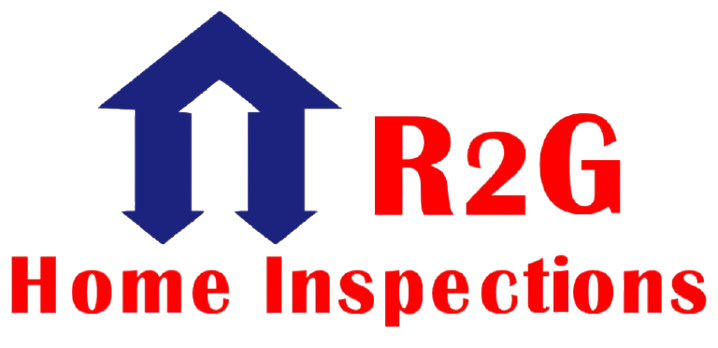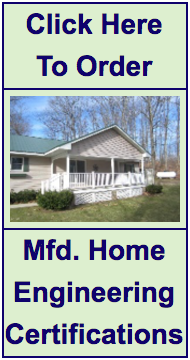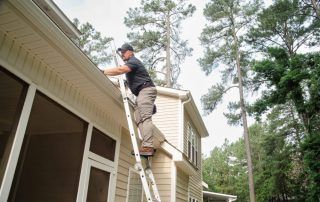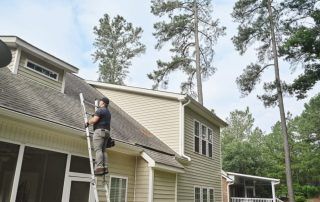At R2G Home Inspections, we pride ourselves on our attention to detail and our commitment to customer satisfaction. We understand how important a home inspection is, and we’ll do everything we can to provide you with the information you need to make informed decisions about your investment.
So why wait? Contact R2G Home Inspections today to schedule a comprehensive home inspection.
Schedule Your Inspection
10% discount for military, medical, educational, and social services.




